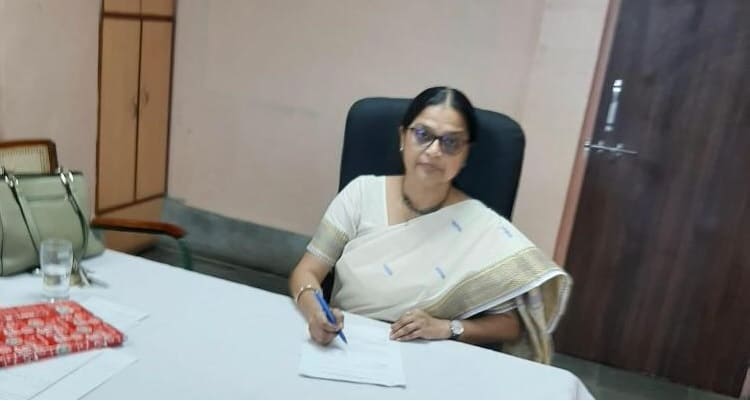Dr Kalpana Mehta, Professor and Head, Dept of Nephrology T.N. Medical College and BYL Nair Ch. Hospital, Mumbai on why India needs to look at policies that encourage the awareness and implementation of the proposed guidelines in the Pradhan Mantri National Dialysis Programme to help patients manage chronic kidney disease better
In India, End Stage Renal Disease (ESRD) affects 2.2 lakh new patients each year, resulting in additional demand for 34 million dialysis sessions, annually. Among the 70-80 per cent of kidney patients who manage to start dialysis, two-thirds withdraw due to economical limitations. To address to this health crisis, it is important that the government builds an equitable, cost effective and socially acceptable way to provide dialysis for a better quality of life.
Presently, dialysis comes in two flavours – haemodialysis and Peritoneal Dialysis (PD). PD however has simplified the logistics of therapy as it helps in taking the treatment home to patients, offering patient autonomy and flexibility. Recognising the role of PD in bettering patient outcomes, establishing peritoneal dialysis services across states, the government decided to provide door-step dialysis services for kidney patients, with the Union Ministry of Health and Family Welfare asking states to include the services as per the guidelines set under the Pradhan Mantri National Dialysis Programme (PMNDP).
Dialysis remains hard to access for large number of patients especially for those living in remote rural areas and thus introduction of home-based PD would be beneficial for these communities. As the government aims to reduce the overall healthcare cost by making home-based PD accessible to all, it is important to understand PD and why it has made its way into the government’s most important policy on kidney disease.
Understanding Chronic Kidney Disease (CKD) and PD
Chronic kidney disease occurs when the kidneys are damaged gradually but permanently over prolonged period. There is no single specific cause of CKD, but over the years, it has been observed that the major reasons for developing this condition is because of diabetes, hypertension, chronic glomerulonephritis , obstruction to urinary tract, and genetic disorder , to name a few The best treatment for End Stage Kidney Disease is Kidney Transplantation. Dialysis is bridge gap till Transplantation. But those who cannot undergo kidney Transplantation, dialysis is the only option.
Dialysis removes toxins from blood (which are normally filtered by kidneys). This can be done in two ways: Haemodialysis and Peritoneal Dialysis.
What is PD?
Peritoneal Dialysis or PD is a therapy that uses peritoneum (a natural membrane lining inside the abdominal cavity) as a natural filter. It has similar attributes to the artificial filter used in haemodialysis. Its pores allow the passage of certain substances while retaining others. A sterile dialysis solution called dialysate is instilled in the abdominal cavity through a permanent catheter. It removes waste products such as urea, creatinine from the blood and excess water. After 4-6 hours, this solution is replaced by a fresh solution. PD does not impact patients’ mobility and offers dialysis services at home as it avoids the need to travel to medical facilities for treatment. The procedure involves 3-4 such cycles per day. Cost factor is higher compared to haemodialysis.
How to know how well PD therapy is working?
Routine tests are scheduled by a PD nurse. This involves taking samples of blood and drained fluid, which are then sent to a lab. The results will show how well peritoneal dialysis is clearing wastes from the bloodstream. The treating nephrologist may make changes based on these results, to ensure dialysis prescription provides good removal of waste and excess fluid from the body to ensure the best dialysis and quality of life.
Looking at the benefits of PD
Home dialysis gives people more freedom to enjoy life. It can be done with or without Machine (Cycler). For most people, they must connect the PD machine to their PD catheter. In addition, it leads to lesser build-up of sodium, potassium, etc. and significantly reduces the stress on heart and blood vessels. It is the best form of dialysis for children.
With the growing burden of CKD becoming a major health concern for India, with both men and women falling under its fold, it is imperative to look at solutions that help in maintaining residual kidney function, helping patients live a life without discomfort. Options like PD which does not put any pressure on the heart and involves lesser complication is essential to look at. India needs to look at policies that encourage the awareness and implementation of the proposed guidelines in PMNDP to help patients manage CKD better.
- Advertisement -



Hey, I appreciate your quality stuff and I would love to read more informational posts like this one. keep sharing.